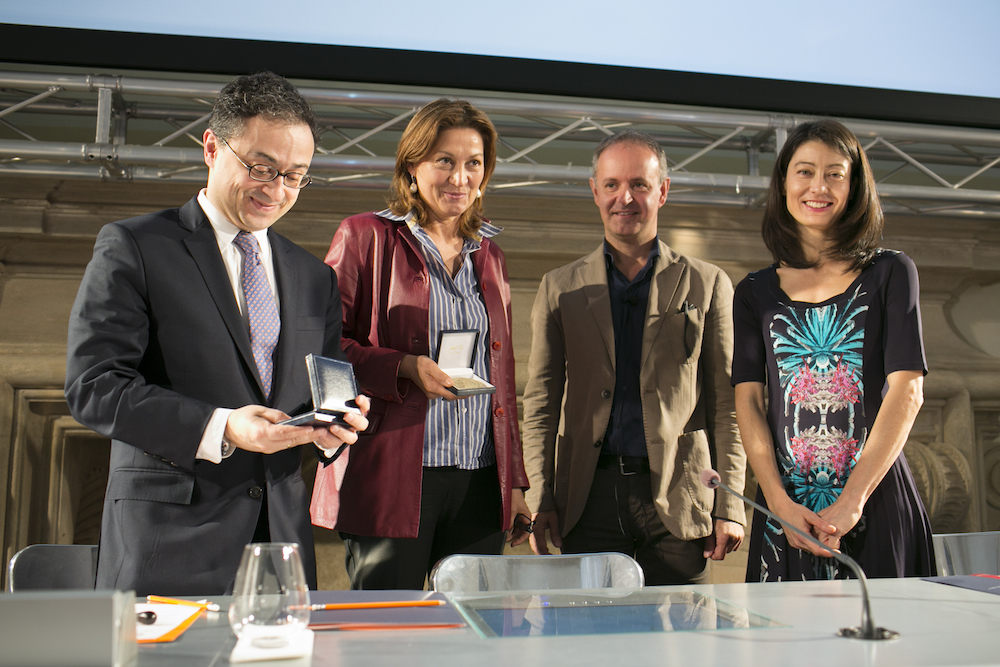
#MBALecture: A case of shared leadership by the Orpheus Chamber Orchestra
16 April 2015When music teaches companies how to make group decisions. Krishna Thiagarajan, Executive Director and Laura Frautschi, Musician & Art Director, dell’Orpheus Chamber Orchestra, told about their model of shared leadership, a 4 billion dollar business for year.
Forty-two years of activity, more than seventy records and two Grammys. It is a track record that of the Orpheus Chamber Orchestra, the New York ensemble star of international theater tour. To distinguish his path from others, there is a peculiarity: the absence of a Conductor, the empty podium.
A Case Study
Since its founding in 1972, Orpheus has been widely recognized by leaders in the business, academic, and creative fields for its unique, conductorless process of music-making (here some results from Google Scholar). By harnessing their collective input, expertise, and vision, Orpheus musicians have uncovered rich new insights in performance, consistently achieving the highest international standards of excellence.
The orchestra’s commitment to teamwork, personal leadership, and effective communication has allowed it to reach levels of productivity and job satisfaction virtually unheard of in the field of orchestral management. The Orpheus Institute is the orchestra’s signature training program for the principles and techniques of the Orpheus Process. Orpheus’ multi-leader management style encourages collaboration and teamwork, resulting in shared responsibility and an increased commitment towards positive outcomes.
Uncertainty Management
“Orpheus does many things differently from a normal orchestra. The fact that we don’t have a conductor is actually the smallest part. But there’s something I want to pick up from Dean Bergami opening remarks which is that uncertainty is the new normality. Uncertainty is for sure the new normality in the business of the art today.” Krishna Thiagarajan (Executive Director, Orpheus Chamber Orchestra) starts the MBA Lecture talking about topics and themes that touch some raw nerves of Cultural Management. “When we think about Art Organization in America we use a horrible term: non-profit organization. Let me first sure you it is not true, Art Organizations are businesses. In the United States, Orpheus is a 4 billion dollar business for year.” Contribute to organizational well as a tool to improve productivity is fundamental here , not only in terms of artistic research and formal , but the effectiveness of the orchestra – enterprise.
Changing Continuously
It is a question of Andrea Lipparini (Professor of Strategy, University of Bologna and Executive MBA Director) to give the floor to Laura Frautschi (Musician & Art Director, Orpheus Chamber Orchestra). “One of the most interesting thing about our structure is the flexibility. At the same time there is democracy where everybody is equal but of course with every performance there is gonna be a hierarchy. There are different seatings, people leading sits in the front chair. I’m a violinist, so when I am the first violin, I have to go in front of my colleagues and lead. Sharing leadership means changing continuously.”
Be Inspired!
